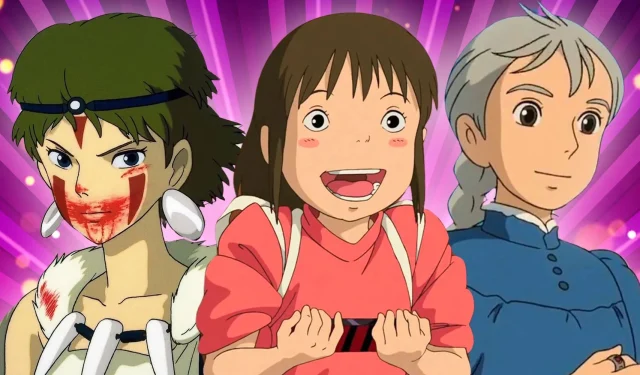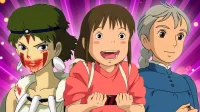Studio Ghibli, particularly under the direction of Hayao Miyazaki, has gained significant acclaim for its powerful female characters. Miyazaki is often celebrated for his feminist principles as demonstrated through the dynamic heroines in his films. Recently, however, he candidly admitted that he doesn’t fully understand women, a revelation that may astonish many of his fans.
Right from his inaugural original feature, Nausicaä of the Valley of the Wind, Miyazaki established a commendable track record for crafting strong female leads. The character Nausicaä exemplifies resilience and courage, as she bravely confronts formidable challenges while staying true to her beliefs. In a similar vein, Princess Mononoke showcases San, who embodies strength and determination, even though she is not the primary protagonist. Also, in Spirited Away, we see Chihiro navigating an unfamiliar realm, pushing through adversity in her quest to rescue her parents. Miyazaki’s prowess in developing female characters is undeniably noteworthy.
Miyazaki Claims He Doesn’t Understand Girls
A New Quote Surprises Fans of Miyazaki’s Works
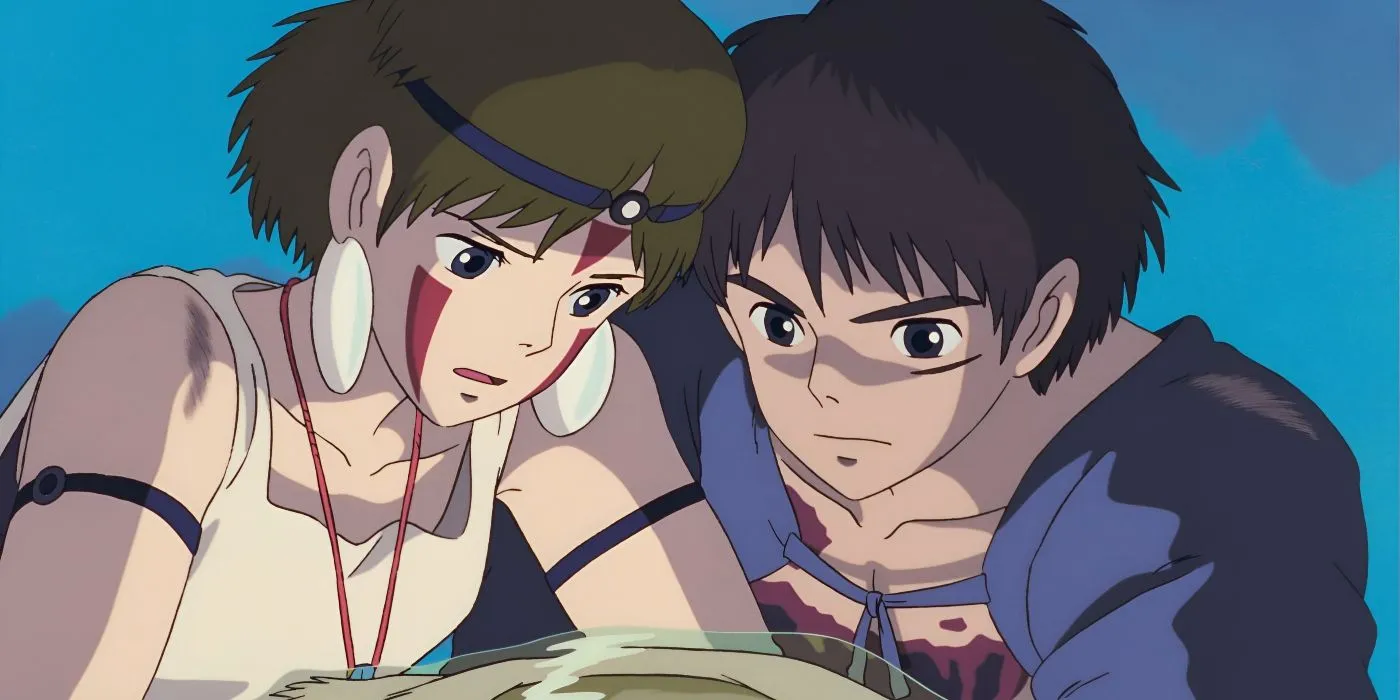
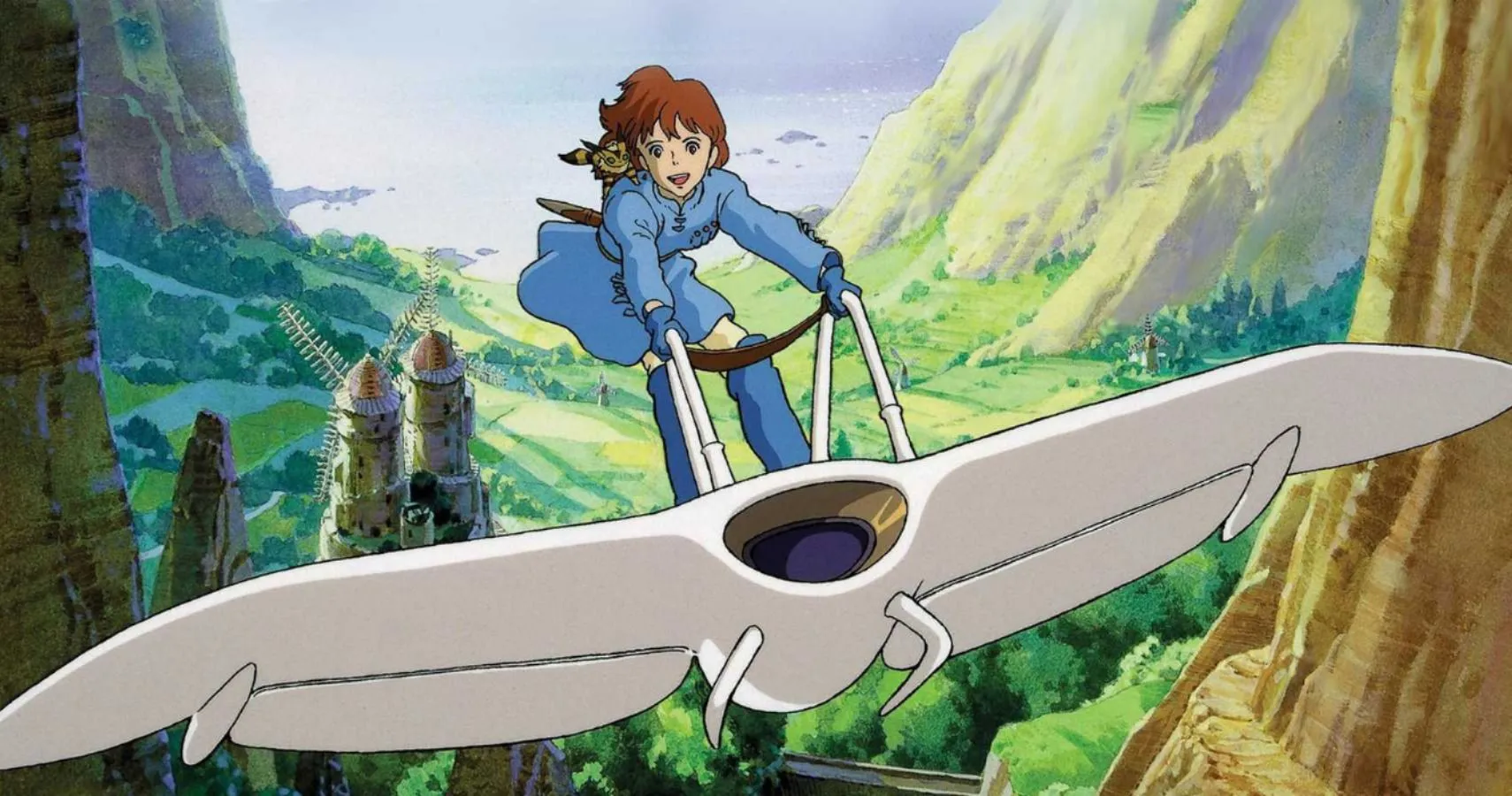
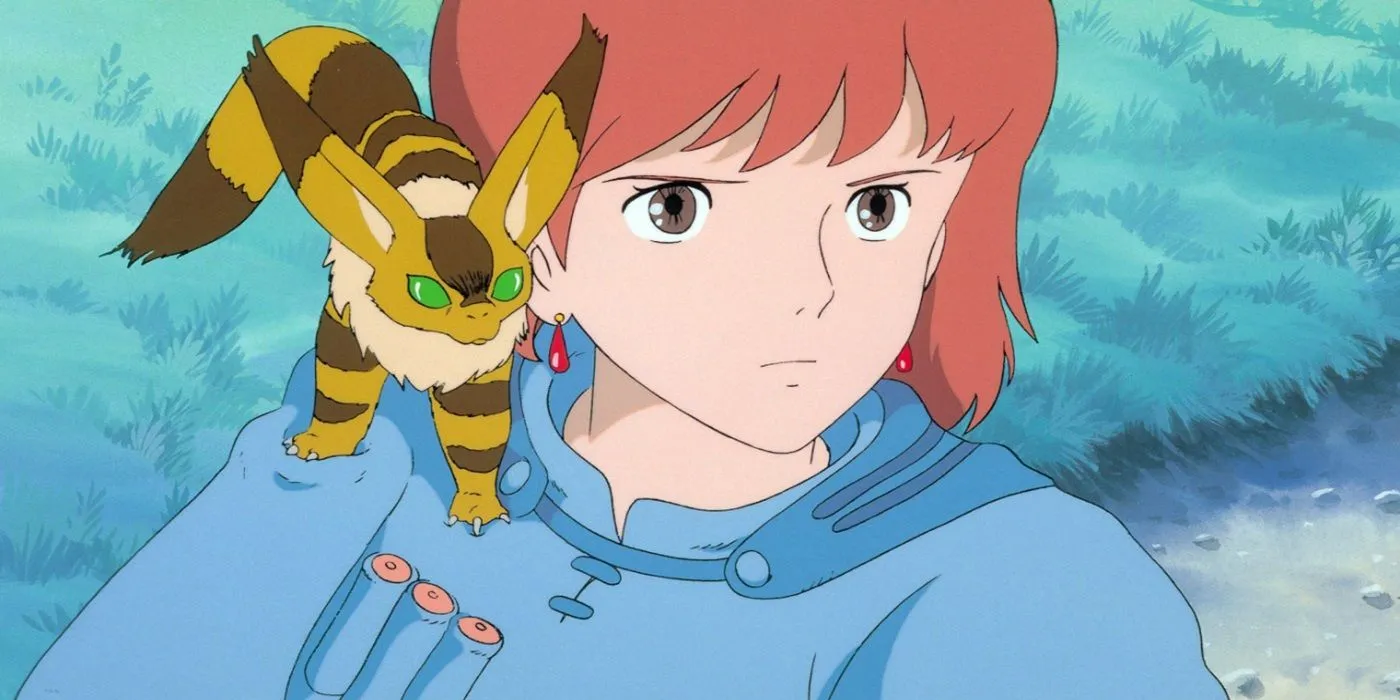
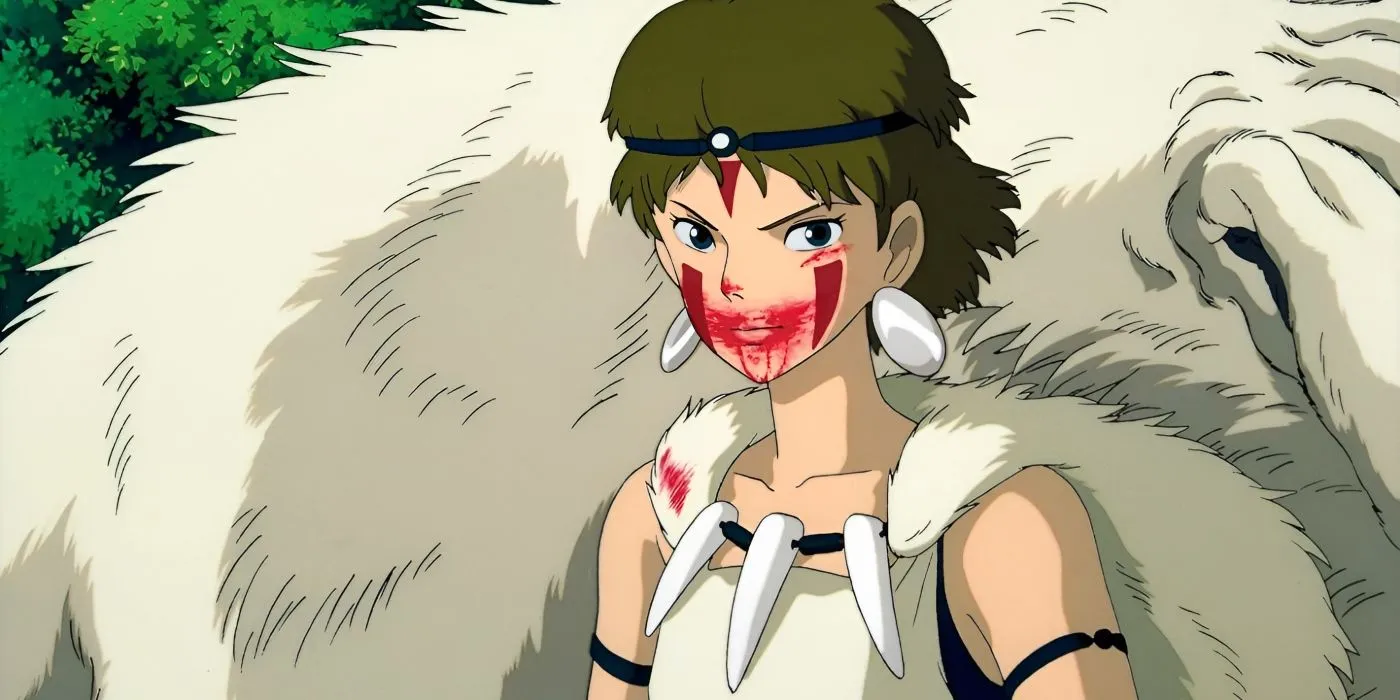
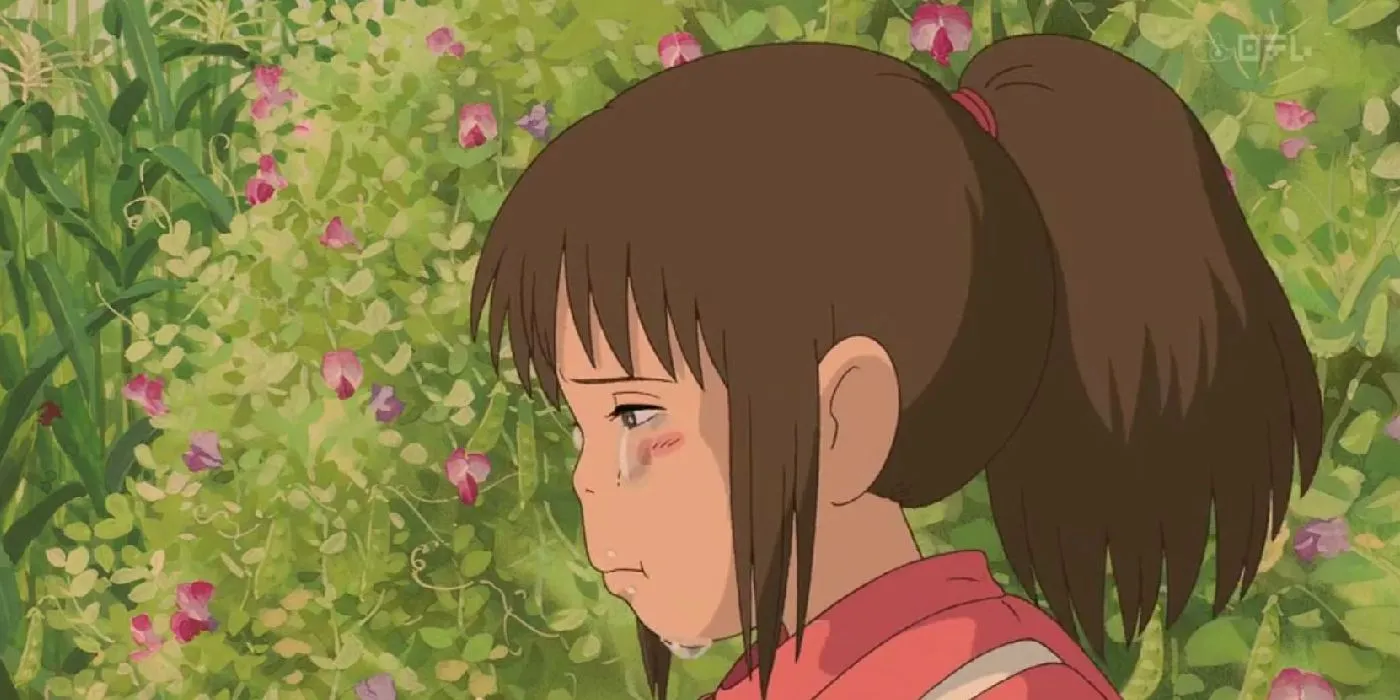
In a forthcoming publication titled The Art of the Boy and the Heron, Miyazaki shared insights intended for the Studio Ghibli team. He reflected on his character creation process, highlighting the differences he perceives between his male and female leads. He stated, “…It was easier to draw girls because, since I’m a man, I don’t mind if I don’t understand some aspects of girls.” This remark, while potentially shocking given his acclaim for feminist storytelling, reveals a thoughtful approach to character development.
Rather than becoming preoccupied with gender differences, Miyazaki appears to exhibit a remarkable ability to create vivid characters across the gender spectrum. This raises a compelling argument: perhaps he simply possesses exceptional talent in character creation. Many fans often believe that writers must have a profound understanding of their characters; however, Miyazaki’s works suggest that a deeper comprehension may not always be necessary—and can even be disadvantageous.
Miyazaki frequently draws inspiration from children in his life, which contributes to the authenticity of his characters. For example, in developing Spirited Away, he aimed for a target audience of ten-year-old girls and engaged in research on shojo magazines. His disappointment with their romance-centric focus led him to rethink his approach. He thought, “And so I wondered if I could make a movie in which they [10-year-old girls] could be heroines…” This sentiment reflects his commitment to portraying realistic representations of young girls.
Miyazaki Is Still a Master of Crafting Heroines
The Director’s Work Speaks for Itself
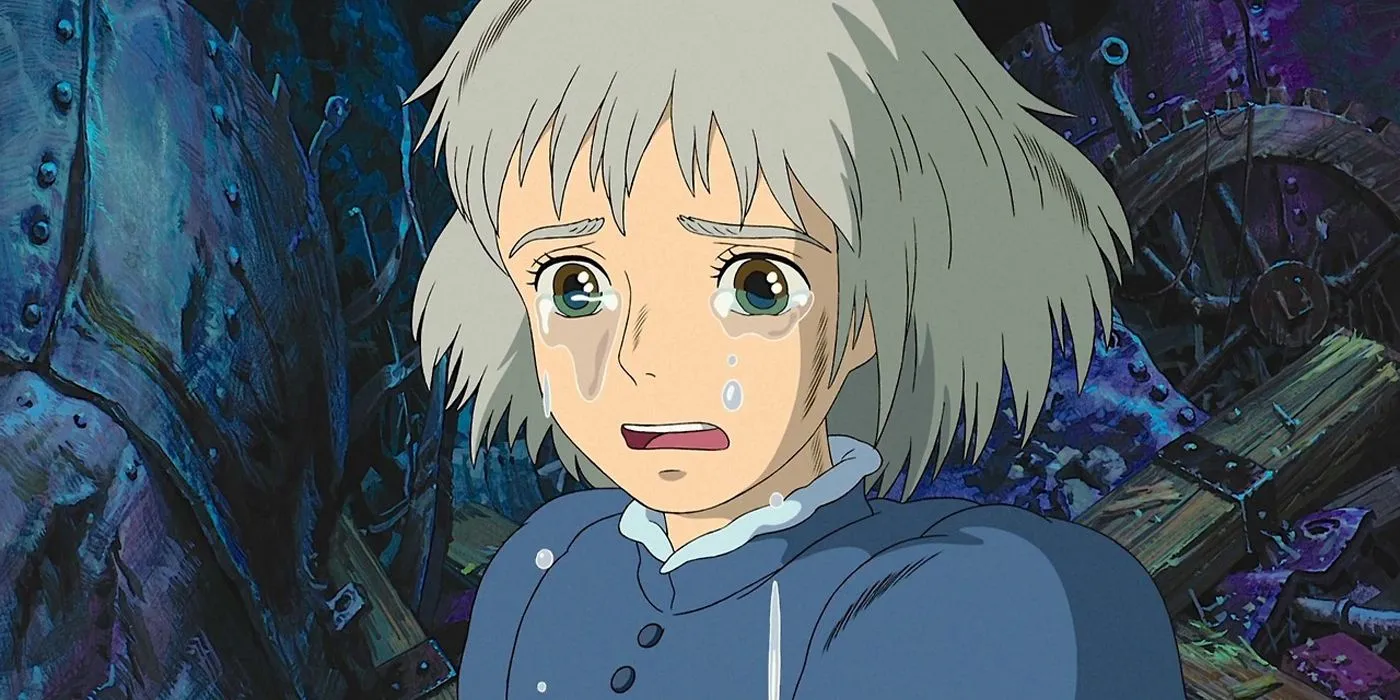
While Miyazaki’s assertion of not fully grasping girls may come off as self-deprecating, it’s undeniable that he has excelled in crafting compelling female protagonists. He describes the essence of Spirited Away as not being one of character growth, but rather discovering latent strengths evoked by specific circumstances. This concept resonates across gender, making it just as feasible for young girls to unveil their innate capabilities.
Additionally, Miyazaki adeptly transfigures traditionally feminine attributes into heroic qualities. In Howl’s Moving Castle, Sophie’s empathy plays a crucial role in the narrative. By caring for the Witch of the Waste, despite the witch’s involvement in Sophie’s transformation into an elderly woman, Sophie ultimately enables the witch to restore Howl’s heart, which Calcifer had taken. Sophie’s sequence of kind actions leads to the heroes’ triumph—a testament to the power of kindness.
At every turn, Sophie makes the kindest choice possible, and that ends up being exactly what’s needed for the heroes to prevail.
Studio Ghibli films also empower young girls to carve their own paths, as depicted in Kiki’s Delivery Service. Kiki embarks on a journey of self-sufficiency, grappling with challenges while developing her confidence and abilities. The film communicates that struggling during periods of self-discovery is a universal experience and should not be stigmatized.
The Lasting Influence of Miyazaki’s Female Characters
Ghibli’s Heroines Have Inspired Countless Strong Female Protagonists
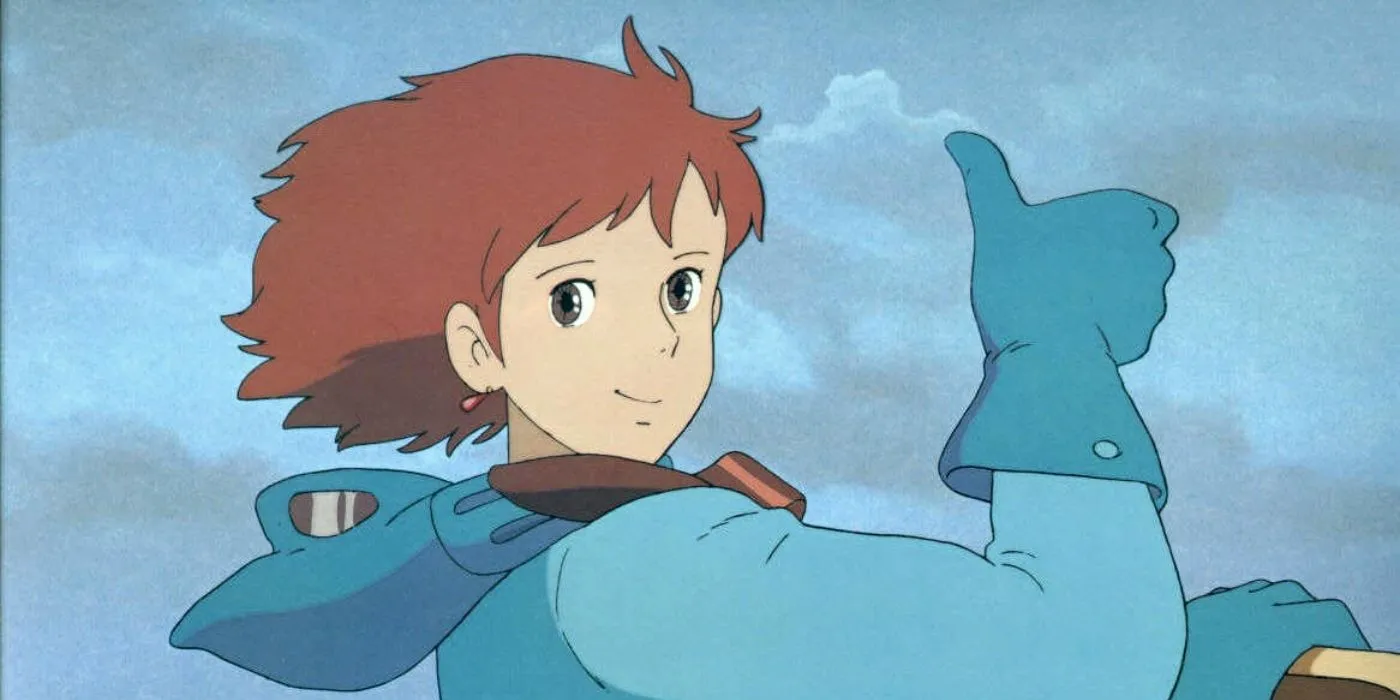
Miyazaki’s influence extends far beyond the silver screen, particularly through his creation of compelling female characters who inspire future generations. His work has garnered admiration from artists and storytellers across various platforms, with many attributing the competitive landscape between Ghibli and Disney in the 90s as pivotal to the “Disney Renaissance”era.
Moreover, Miyazaki’s impact resonates deeply within Japan’s creative community. Virtually every animator, mangaka, or author acknowledges his influence in some capacity. The anime industry has transformed significantly following Ghibli’s achievements, particularly evident with the emergence of prominent female protagonists post-Spirited Away. Miyazaki demonstrated that well-crafted female narratives resonate with audiences and can be executed masterfully.
Ultimately, Miyazaki’s self-described lack of understanding of women belies a deeper proficiency. His body of work illustrates that male creators can thoughtfully and respectfully portray female leads without resorting to stereotypes or outdated ideas. The legacy of Studio Ghibli and Hayao Miyazaki is well-deserved, and their storytelling has paved the way for aspiring creators to address complex narratives about women with greater confidence and sensitivity.
